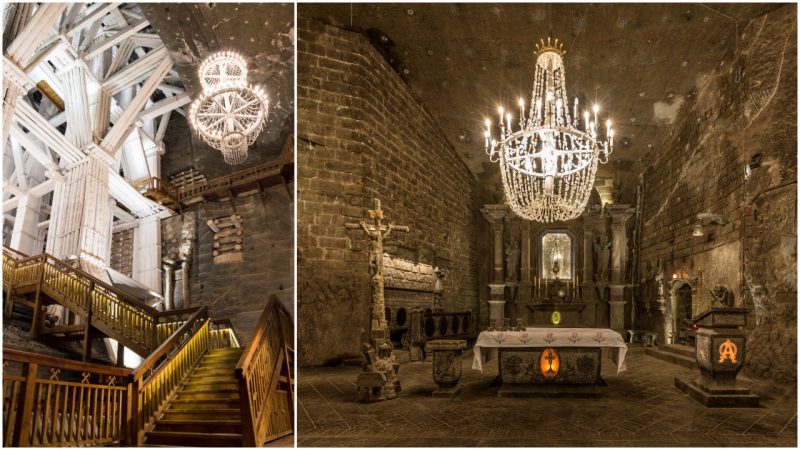Never mind the smell of salt–the Wieliczka Salt Mine is not your average traveling experience. The mine’s shafts, chambers, and lengthy tunnels lurk in the depths of the Earth roughly eight miles away from the well-known Polish city of Kraków. Miners have exploited the ancient salt deposits at Wieliczka since the 13th century, when the site gradually started to gain prominence–today it is a cultural heritage site where you can see some authentic monuments sculpted out of salt blocks.
A bit spooky as well as majestic, miners of the past made an extra effort to hand-sculpt the interior of the mine, an accomplishment that produced a rare landmark site. The maze of tunnels, which measure over 150 miles altogether, extend to nine levels deep. At least 20 chambers and galleries are open to visitors who can use a guided tour to explore the beauty and strangeness of the place. At its deepest, the mine reaches about 1,000 feet below the surface.
It took centuries for the Wieliczka Salt Mine, also called the Underground Salt Cathedral of Poland, to become the site it is today. As a landmark and a place of interest to visit, it was distinguished during the 1970s, when it was recognized both in the List of Historic Monuments in Poland and as a UNESCO World Heritage Site.
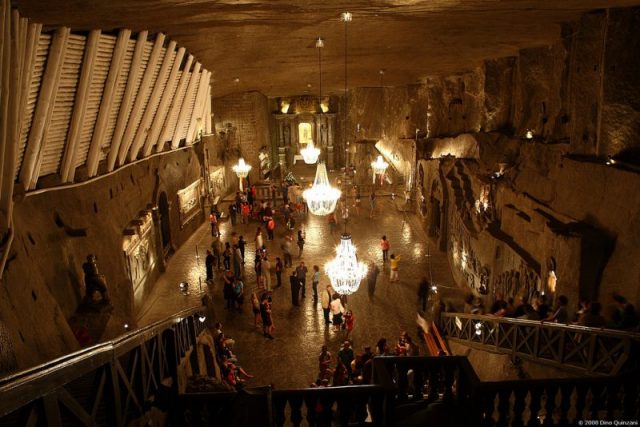
At some 440 feet underground is a health facility where people who struggle with chronic allergies can try out the therapeutic benefits of the saline chambers. But unquestionably, what brings the flocks of tourists to the Wieliczka Salt Mine all year long is the artwork left by its faithful miners, and at later points by others. Much of the monumental work displayed embraces religious motifs.
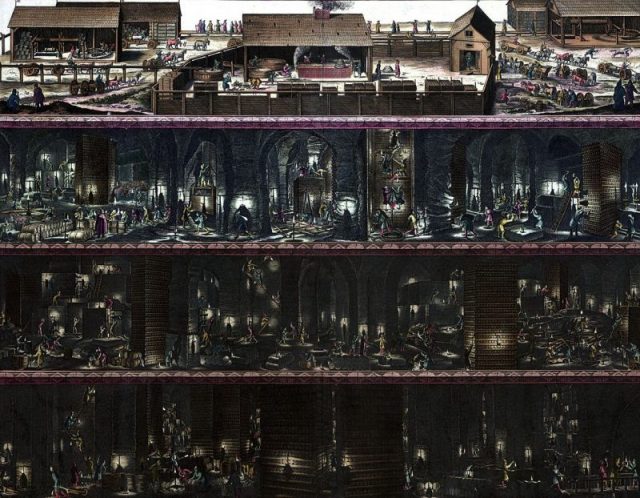
During the Renaissance, these Polish mines counted for one of Europe’s most lucrative businesses, bringing treasures and wealth to the kings of the day as the popularity of salt as a resource established itself. The late 18th century saw a turning point for the administration of the mine, and a time when novel technologies to advance the mining work were introduced as well. These changes followed after Austria gained control of the region.
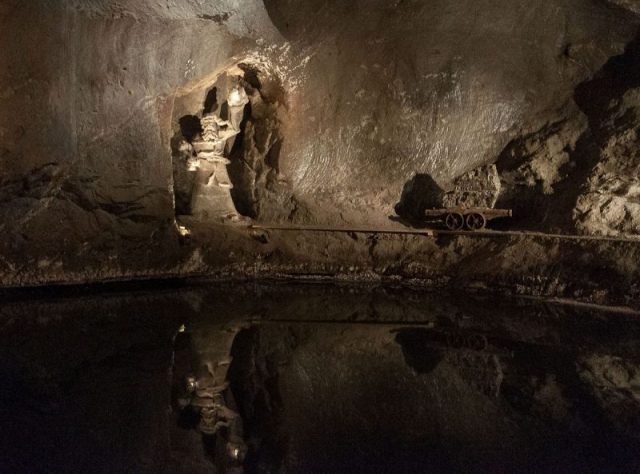
It was also during the Austrian reign when the mine shafts were first opened as a public attraction. The Chapel of St. Kinga is among the most famous chambers to be seen. Dubbed as the “crown jewel” of the Wieliczka mine, the chamber walls are covered with huge biblical reliefs. In Poland, St. Kinga is a saint and patroness of the country. The enormous chandeliers made of salt crystals that hang from the ceilings and warm the chamber interiors with their light are dated from the end of the 19th century.
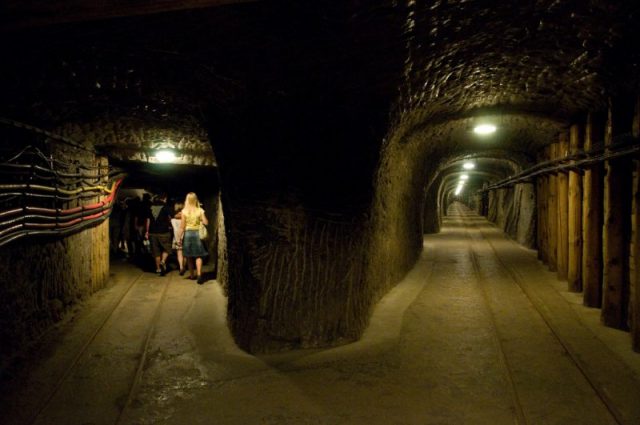
Besides the generation of miners who left their imprint in the saline chambers, professional artists have also found refuge here, at least to seek inspiration for their artwork. Not only sculptors, but writers and painters have drawn influence here. One example is the 19th-century Polish painter Jan Matejko, noted in Polish history for his artistic depictions of significant national events for the country. Flabbergasted by the salt mines, he produced several paintings, one of which shows an attempt to save the site from fire.
The mines have suffered from flooding in the past, after which preservation measures were set to protect from anything similar in the future. In modern times, contemporary artists are able to have their work exhibited at some of the galleries at the Wieliczka Salt Mine.
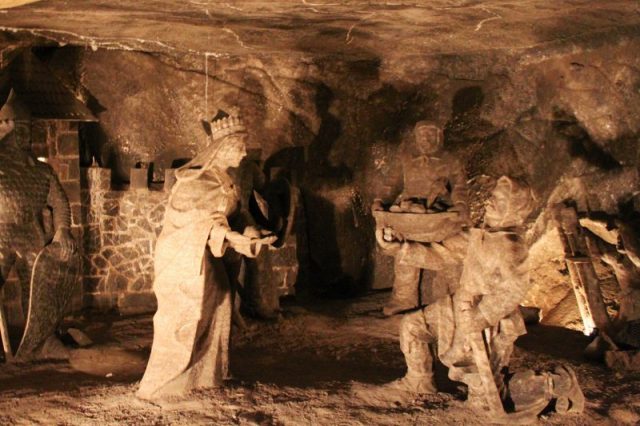
In a way, the mines also chronicle the advancement of salt mining technology. Some of the items displayed inside the venue include older machinery, some of which helped workers drag the salt rock out of the caves hundreds of years ago.
While in the area of Wieliczka, visitors can also check out the Kraków Saltworks Museum, formerly the building of the office which managed the mine from medieval times until World War Two. And if you are not too much into salt-related memorabilia, you can at least enjoy the museum building itself, a Gothic castle, beautiful in its own right.
